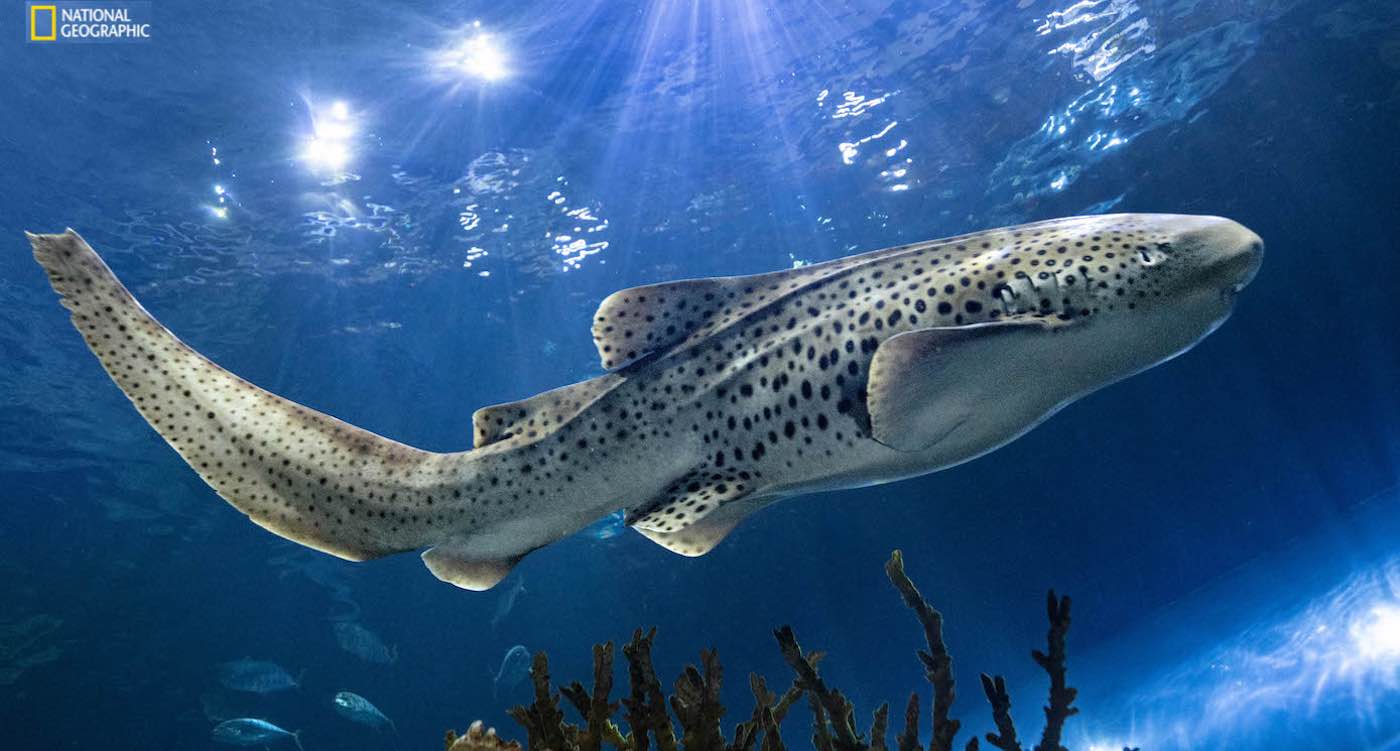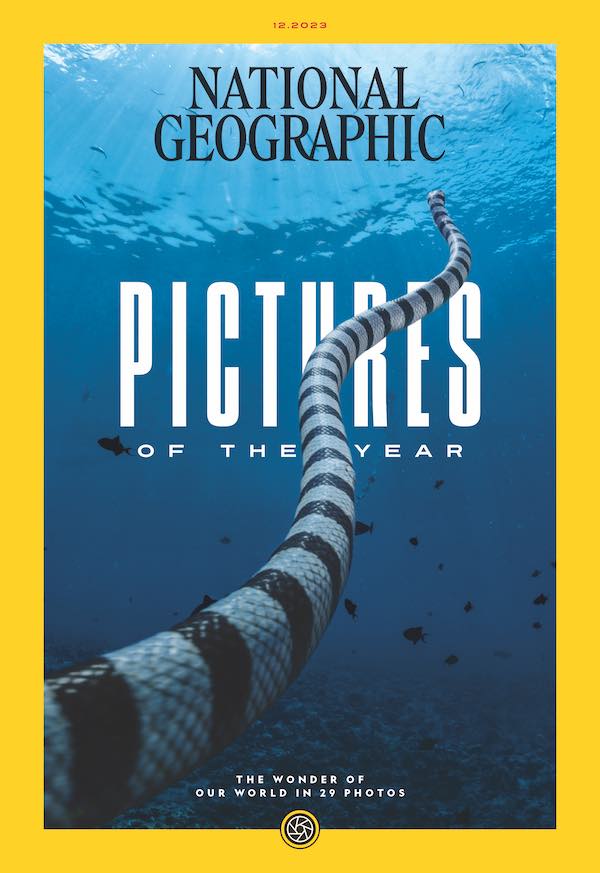
Each year, National Geographic photographers canvass the globe to uncover stories that offer a new understanding of our world; and every day, Nat Geo’s photo editors comb through their images, choosing those that “compel the eye and inspire the heart.”
This year, more than 160 National Geographic photographers working across every continent, even Antarctica, submitted 2.1 million images. From those, 29 were selected for PICTURES OF THE YEAR 2023.
“These are images that aren’t just striking—they tell a story and reveal something that makes you see and understand the world in a new way,” said National Geographic Editor-in-Chief Nathan Lump.
From venomous sea kraits in Palau to monarchs wintering in Mexico, the PICTURES OF THE YEAR 2023 take audiences behind these rarely seen subjects and rarely felt moments. The result is a curated collection that’s designed to incite curiosity and inspire a greater understanding of our world.
Their online edition also features videos and a series of tips from top Nat Geo photographers to help audiences take better pictures, including wildlife, portrait, nighttime and underwater photographs.
ALSO CHECK OUT: Otherworldly Images Show Breathtaking Beauty of Oceans in Photo Contest Winners
We chose our favorite five photos from the brand’s annual retrospective, which is available online now and on print newsstands.
Here’s Our Five Favorite Photos
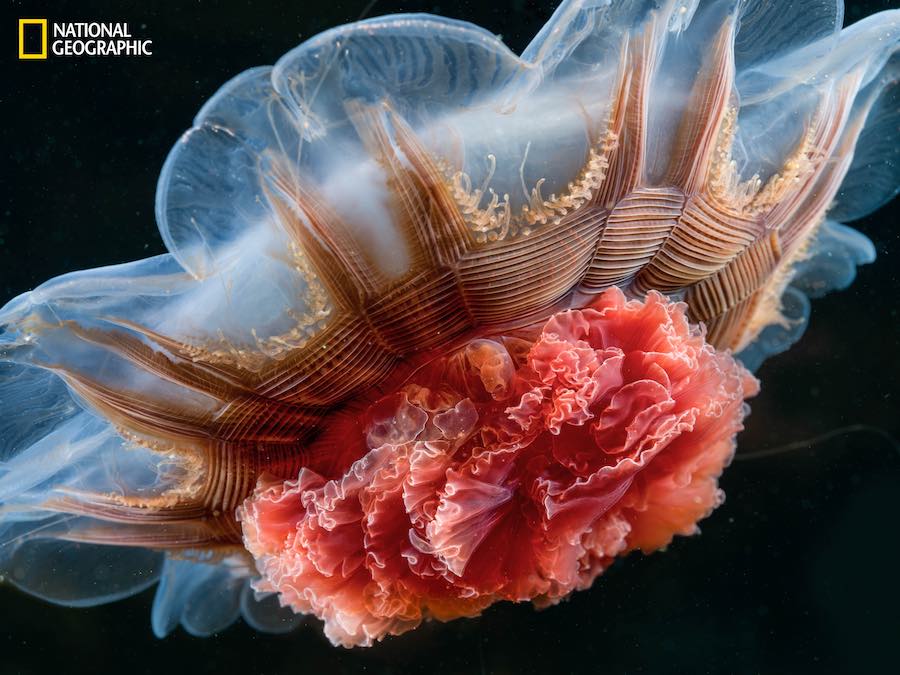
Marine biologist Alexander Semenov calls the lion’s mane jellyfish the queen of the Arctic seas. He photographed this regal specimen in its final stage of life: Having reproduced, it has shrunk in size, digested or shed its hundreds of long tentacles, and become, in Semenov’s words, an “alien flower.” (Photo by Alexander Semenov)
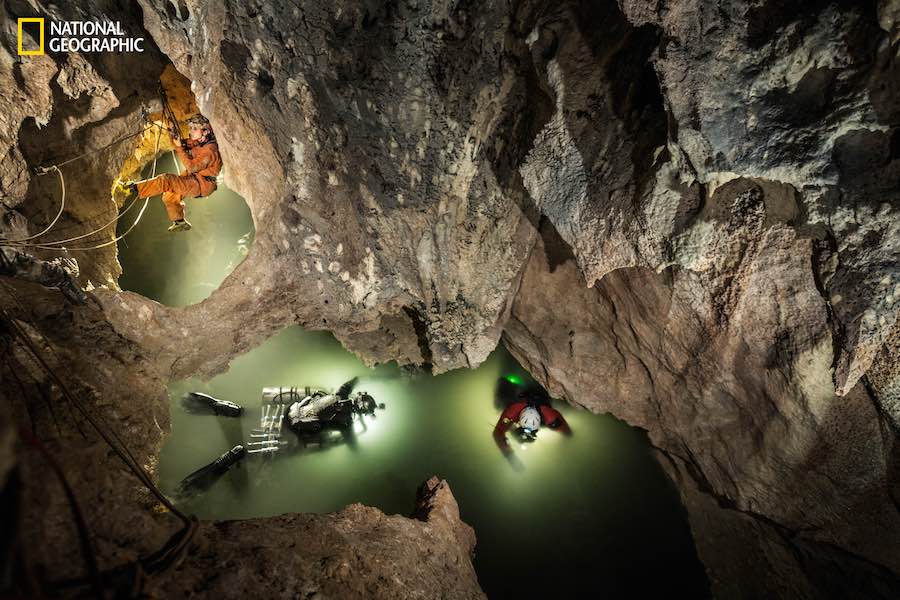
In the Canary Islands, National Geographic Explorer Kenny Broad joined Caver Valentina Mariani and Nadir Quarta preparing for a dive into the dark, toxic waters of Lago Verde. Such sunlight-starved ecosystems could offer a glimpse into the chemistry of life in alien seas. (Photo by Carsten Peter)
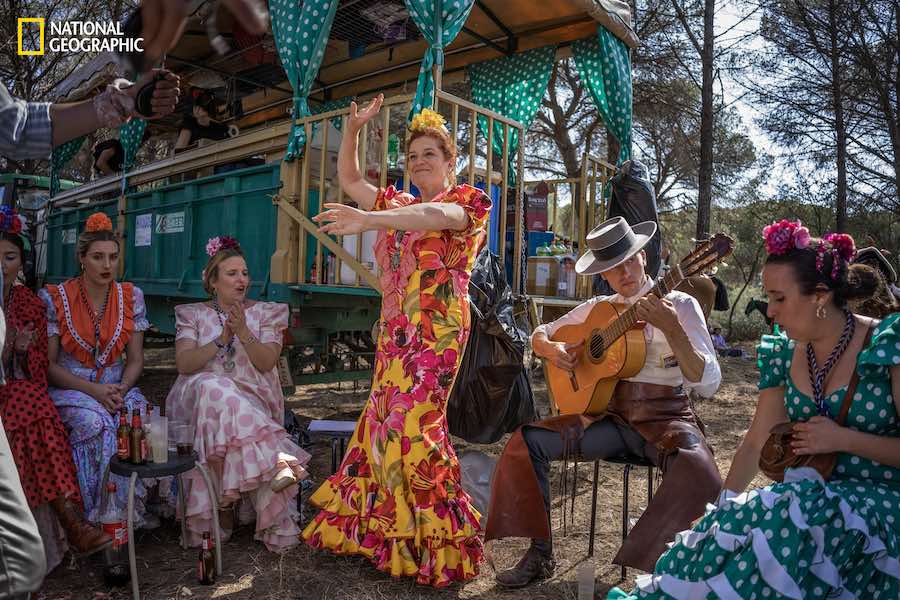
In Spain, pilgrims sing, dance, and play flamenco during a stop along their spring journey to the Virgin of Rocío shrine. Photographer Aitor Lara says that the group’s lyrics “reflect the magical experience of the pilgrimage and the joy of being able to present their fervor to the Virgin.” (Photo by Aitor Lara)
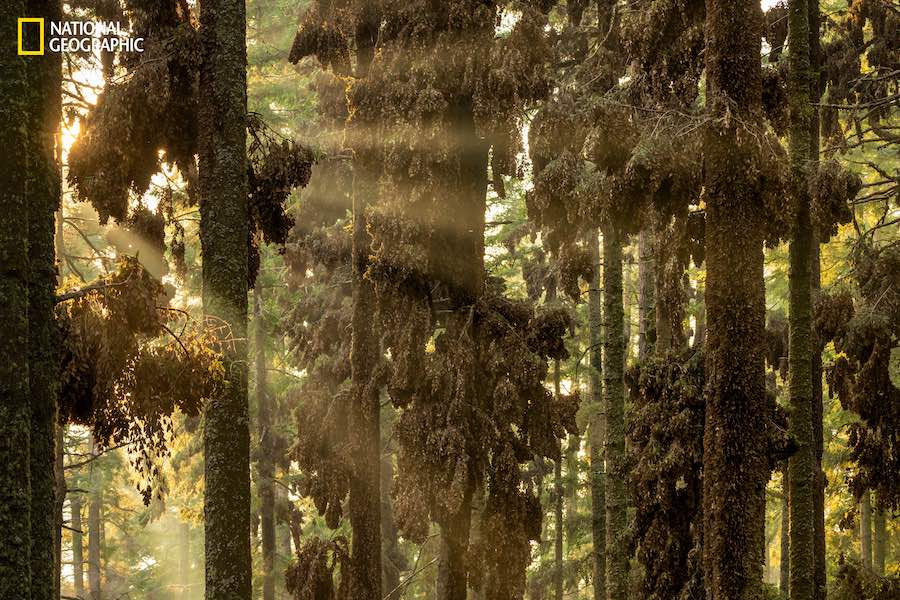
In Mexico, monarch butterflies blanket fir trees in El Rosario Sanctuary, crowding together for warmth during the winter. The photographer received special permits to work outside the sanctuary’s operating hours, and made this photograph shortly before sunset. (Photo by Jaime Rojo)
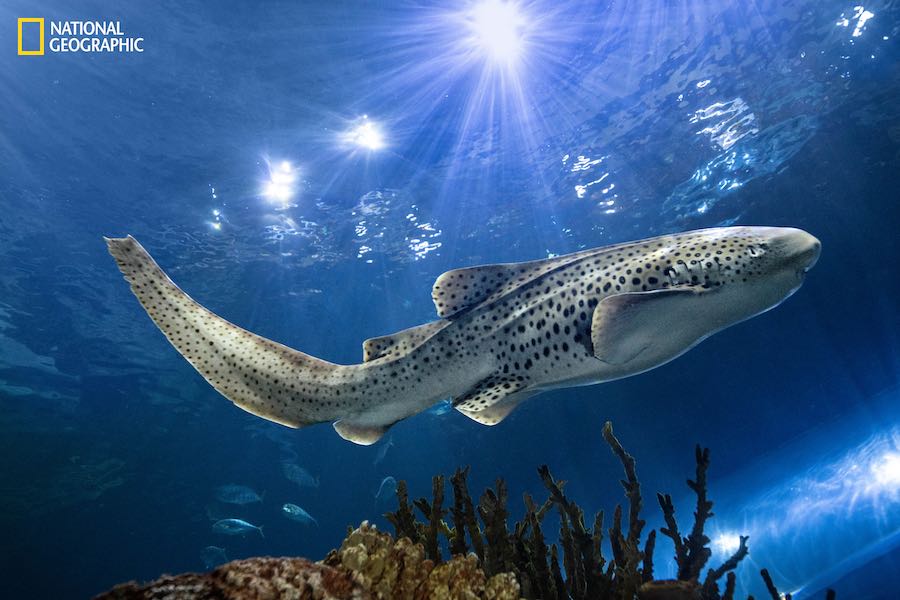
This beautiful image of a seven-foot-long zebra shark depicts the story of extraordinary conservation. It glides through an exhibit at Shedd Aquarium in Chicago, one of several institutions where endangered zebra sharks are breeding to produce eggs for shipment to Indonesia. There, they will be raised and released into a marine protected area in Raja Ampat to rebuild the wild population. (Photo by David Doubilet)
LOOK: Couple Get ‘Best Ever’ Wedding Pictures When Northern Lights Break Out Over their Big Day
For more on this story, visit Natgeo.com.
SHARE the Beautiful Images of Our People and World On Social Media…




















